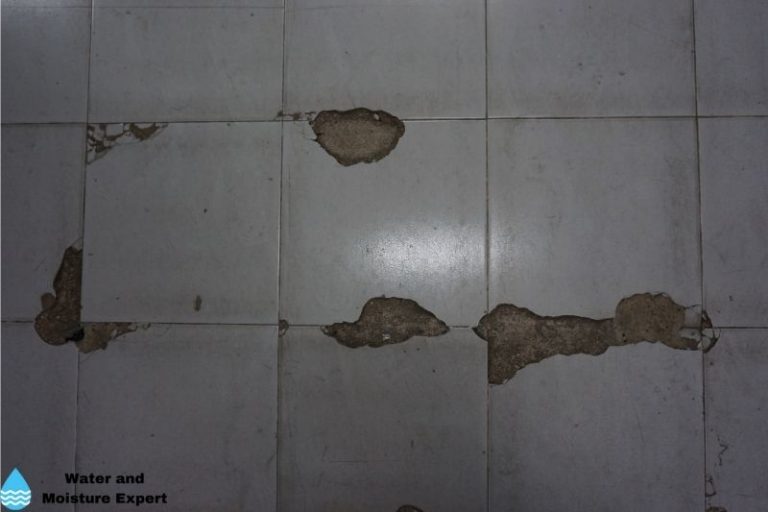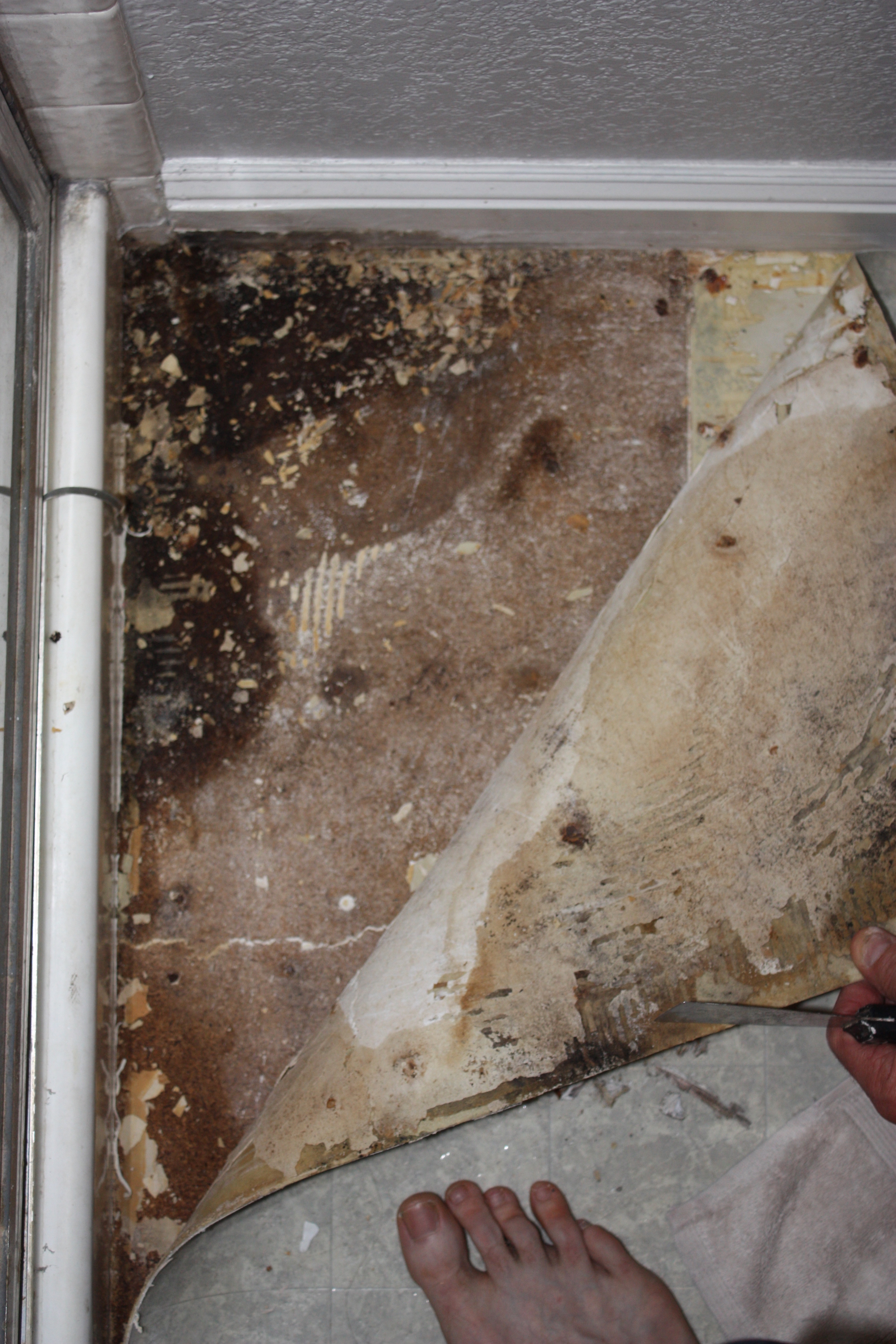Preventing Water Damage in the Bathroom
Preventing Water Damage in the Bathroom
Blog Article
The content in the next paragraphs involving Common Causes of Water Damage in a Bathroom is amazingly attention-grabbing. You should take a peek.

The shower room is exceptionally prone for moist build-up and prospective water damage because of the constant use of water in it. This write-up provides straightforward assessment strategies to help identifying water damage threats.
The frequent use water in the bathroom makes it incredibly at risk for moist buildup and prospective water damages. By examining it on a regular basis, you can reduce water associated problems.
The following collection of assessments is very easy to carry out and also should be done when in every 3 months in order to keep your shower room healthy and to avoid possible water damages triggered by the tub, the shower, pipeline joints and plumbing, sinks, cupboards, and the commode
Do not neglect carrying out these assessments and also be extensive while executing them. Keep in mind that these basic inspections can save you a lot of cash by providing early signs for water damage
Tub and also Shower
The shower and also bathtub need unique attention as well as upkeep. Examine the tiles as well as replace if split. See to it that there is no missing grout in between the floor tiles. Inspect as well as change fractured caulking at joints where the walls meet the floor or the bath tub. Obstructed drains and pipes issues will certainly prevent the bathtub from drying as well as might show serious problems below the bathtub. Speak with an expert promptly to stop architectural damages. Pay attention to discolorations or soft areas around the tub wall surfaces as they might show an inner leakage.
Plumbing
Signs for water damage are hard to spot because many pipelines are set up inside the wall surfaces.
Pay unique interest to floor covering and also wall surfaces dampness and also discolorations as they might show an unseen plumbing trouble. Examine dampness degrees in adjacent areas too.
Sinks and also Cabinets
Sinks as well as cupboards are subjected to wetness as well as moisture daily and are frequently neglected. Examine frequently under the sink as well as on the counter top over it. Repair any type of drip in the catch as it might recommend drainpipe issues. Browse the sink, sluggish draining pipes may show an obstructed drainpipe. Replace sink seals if they are broken or loose.
The Toilet
The commode is an at risk water joint. Inspect the water lines and search for leakages around the commode seat, in the pipe, as well as under the water tank. If you detect any kind of indicators of wetness on the floor around the commode, look for leakages in the toilet rim and container seals.
Know that hanging toilet bowl antiperspirants boosts the chances for obstructions.
Water Damage Signs In The Bathroom To Avoid Cleanup
Musty smell
This is one of the easiest signs to catch because musty smells are so odorous. The damp, earthy, moldy smell should be a big red flag. The smell will develop when moisture gets trapped in surfaces, and begins to facilitate mold growth. Leaking pipes under cabinets, inside walls, and behind shower fixtures will cause moisture to stay trapped and not dry, which will lead to mold growth and spread. As soon as you notice any musty smells in your bathroom, have it checked for hidden water damage and cleanup signs.
Visible mold
If the smell isn’t there to give it away, sometimes you will actually see mold growth. Finding mold in your bathroom is a serious problem, because mold is very harmful to your health. By the time mold growth is visible, it also means that water damage has already occurred and been present for some time. The only way the mold problem can be resolved is to find the source of the moisture and get it stopped. To safely and adequately remove mold, you need to have professionals handle the remediation. Do not waste any time in getting mold problems addressed, fixed, and sanitized so that you can protect you and your family from the many respiratory symptoms caused by mold exposure.
Damaged floors
Bathroom floors should be able to withstand some exposure to water while still remaining in good condition. However, when excess exposure or water leaks occur, they will begin to damage even the most water-resistant flooring. If you notice any cracking, bubbling, staining, or warping on your bathroom floors, there is probably a water leak somewhere causing the distortion. If you notice areas of the floor have become softer, or even have a spongy feeling, there is probably damage to the subfloor. Subflooring is typically made up of plywood. When plywood is exposed to water or moisture, it will absorb it. Once it has become saturated, the weight of the excess water will cause the wood to swell and soften. Check the floors in your bathroom frequently to catch any of these sings before they lead to damaged subflooring.
Changes on walls
When water leaks behind walls, it will cause changes in the drywall. Peeling plaster, blistering paint, and soggy wallpaper are all good indicators that excess water is building up behind the wall. Water leaking behind drywall will cause it to swell and be soft to the tough. If you start to notice gaps along the trim of your walls, or where tile meets the wall, it could also be a strong indicator that there is a leak behind the wall. Any changes, distortion, or damage on the walls should be evaluated as soon as you notice it to prevent further water damage and cleanup.

I found that blog posting about How to Fix a Water Damage Bathroom while doing a search on the search engines. If you please take the opportunity to share this entry if you liked it. Thanks a lot for your time. Visit again soon.
Order Repair Report this page